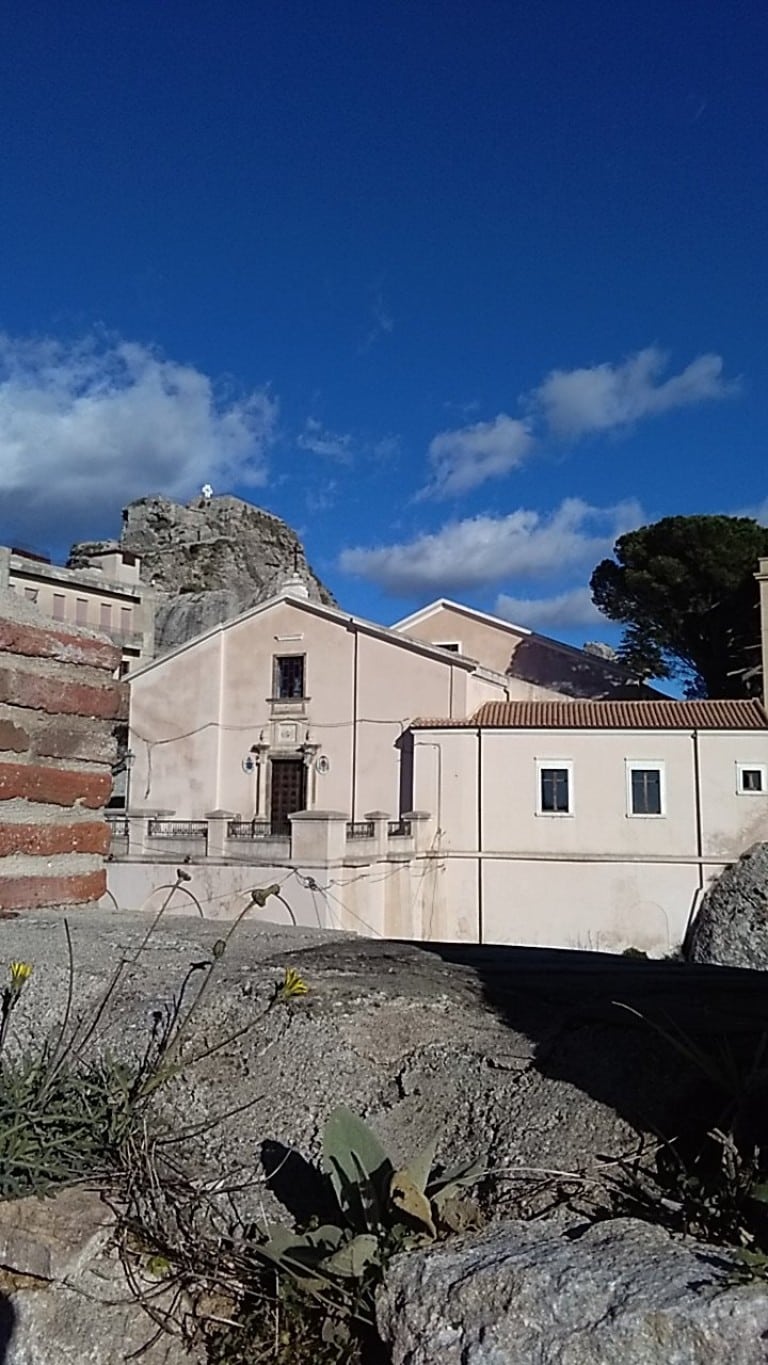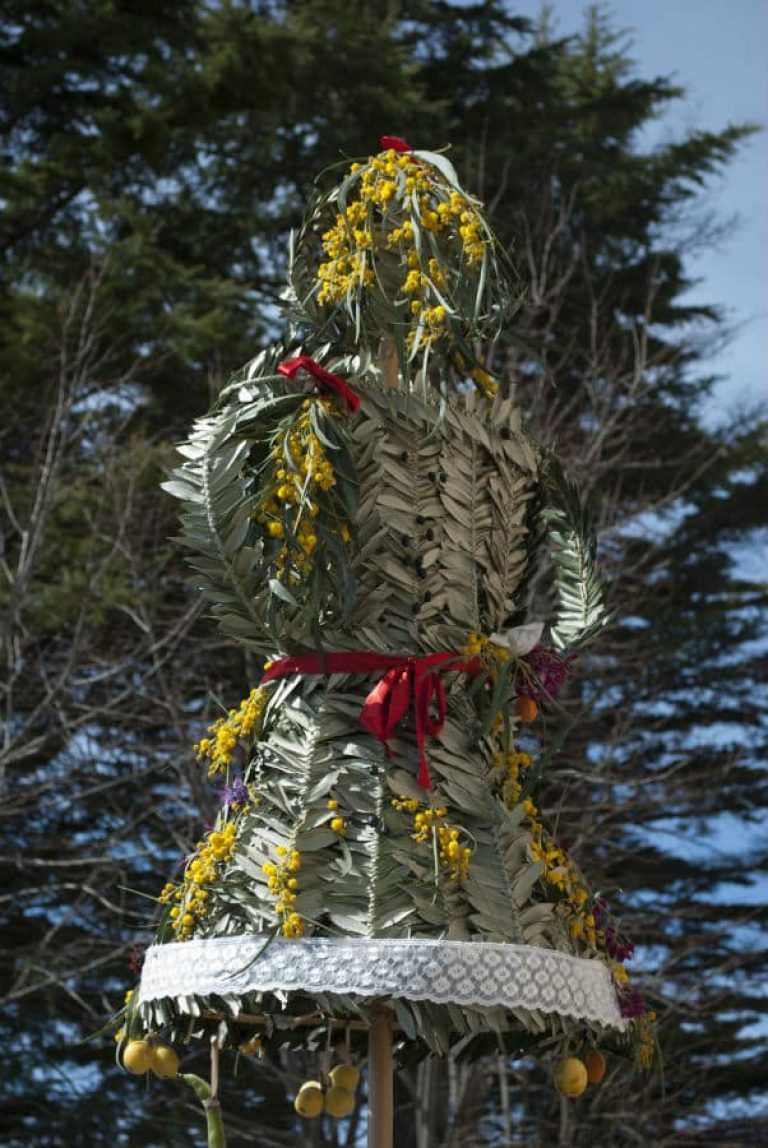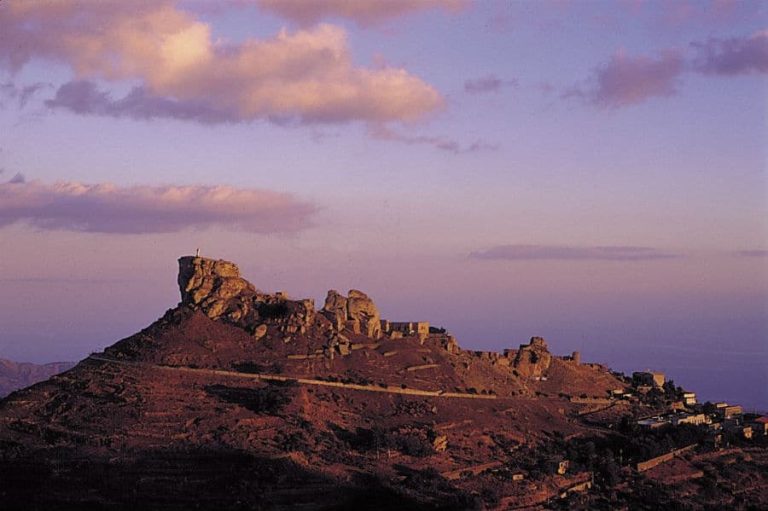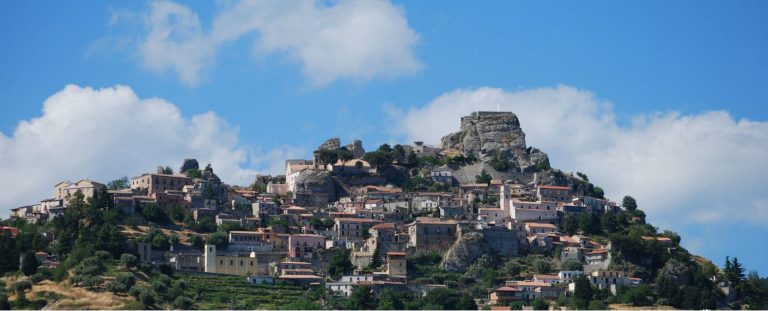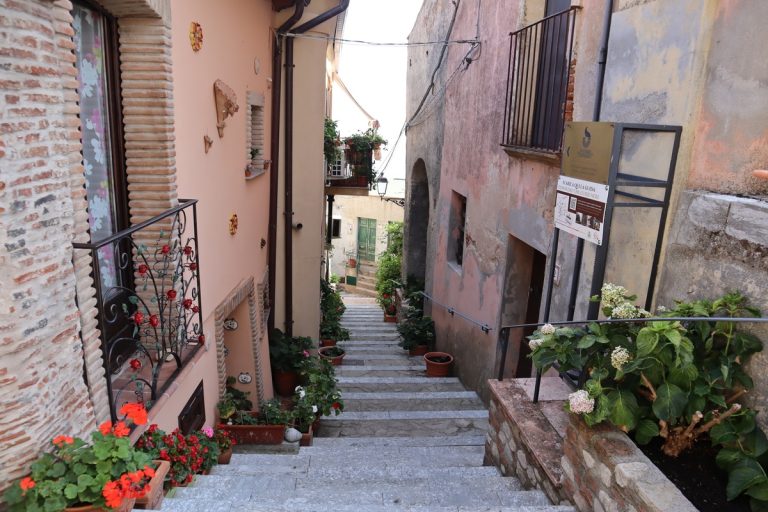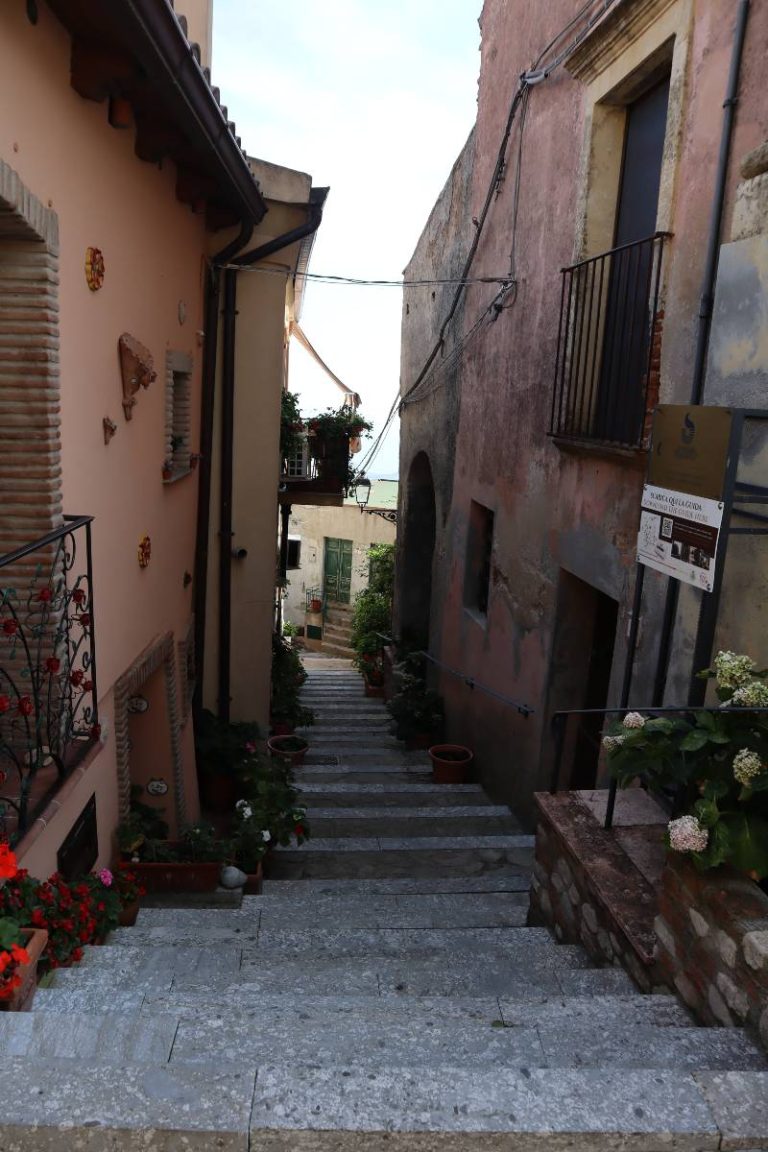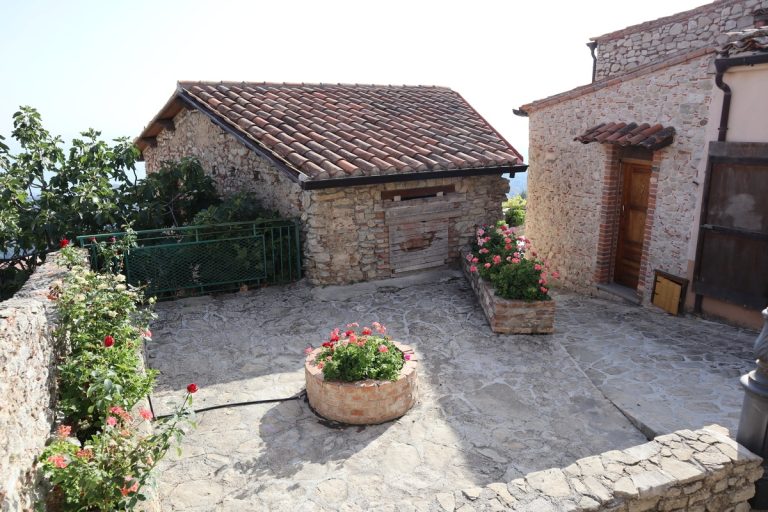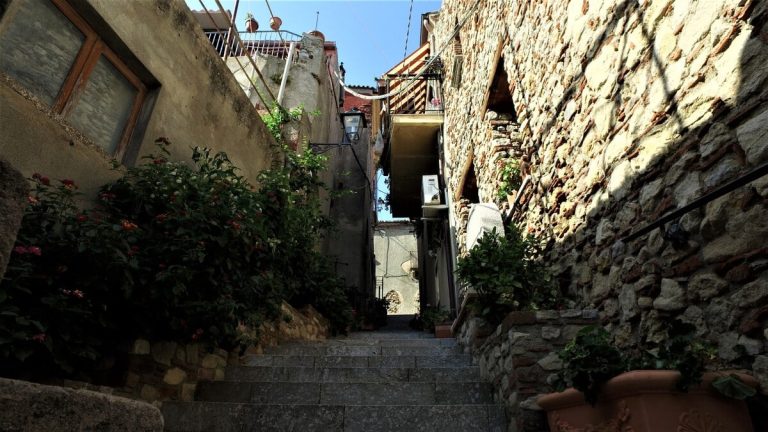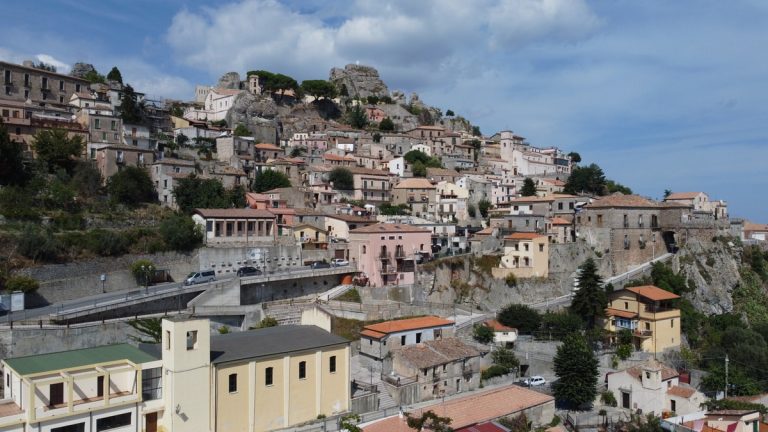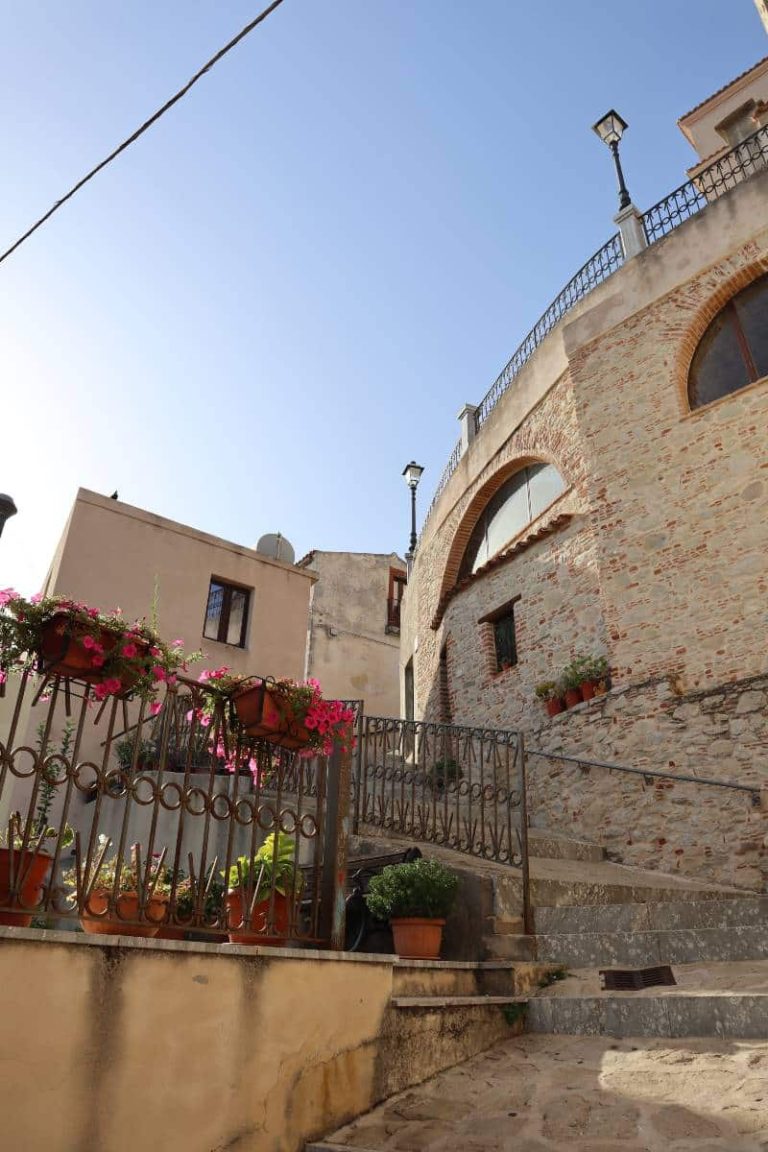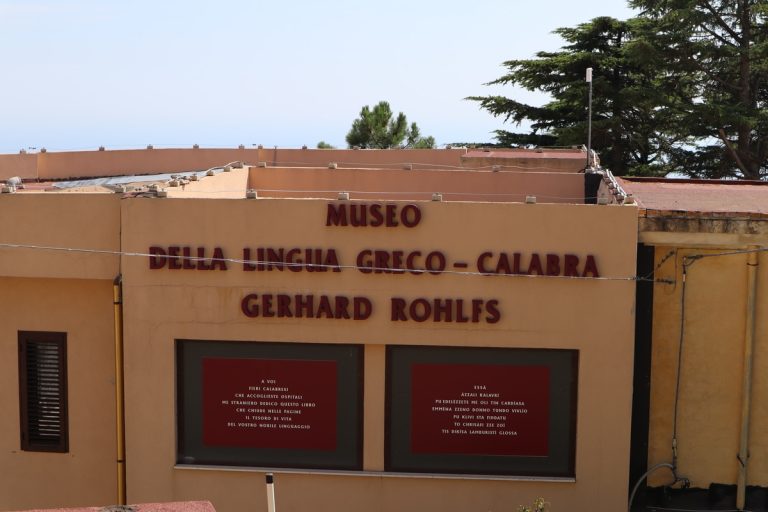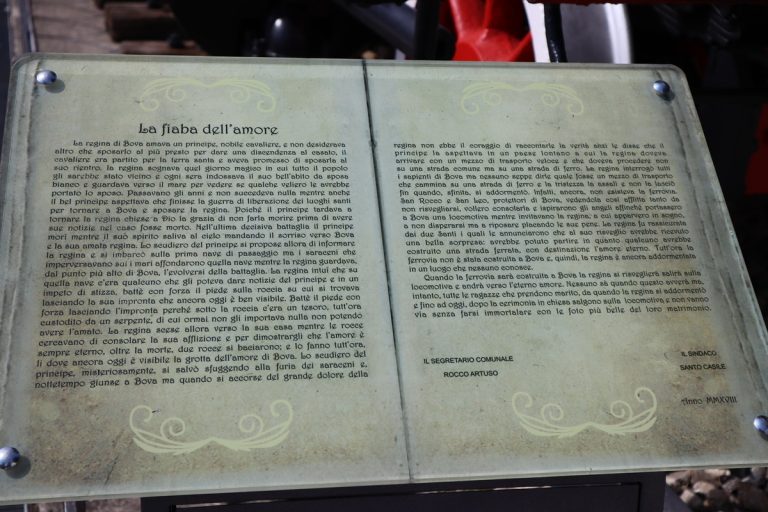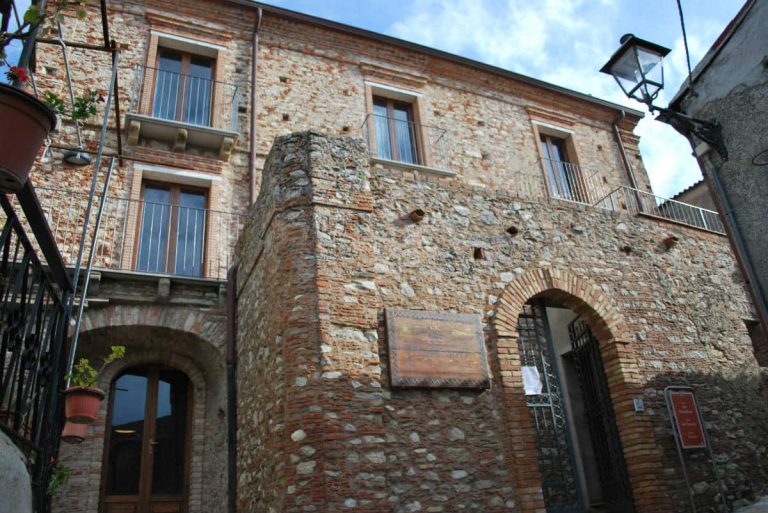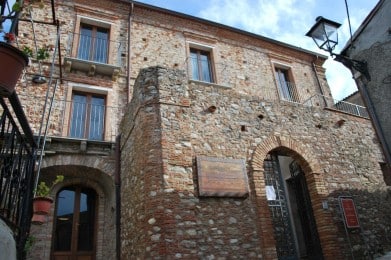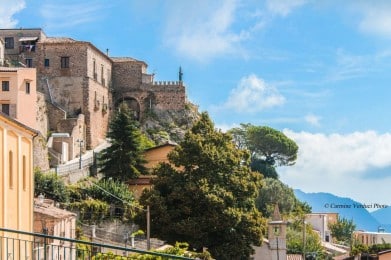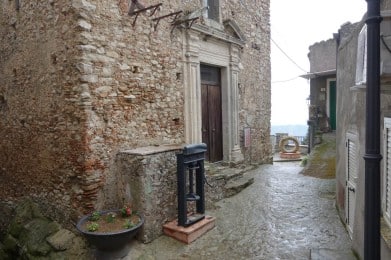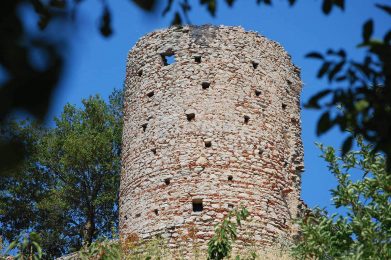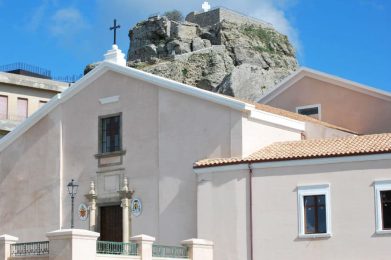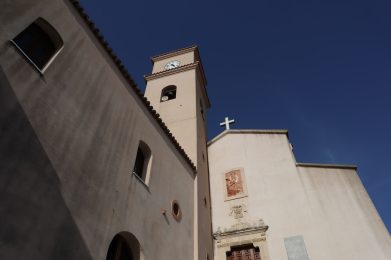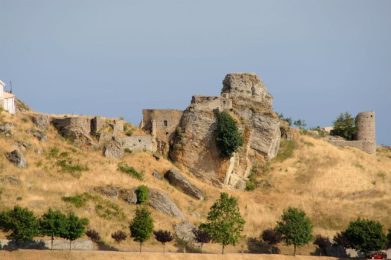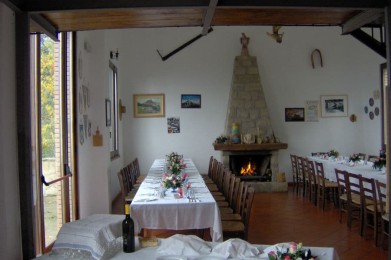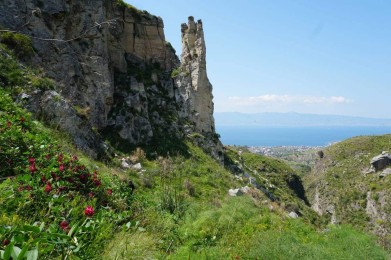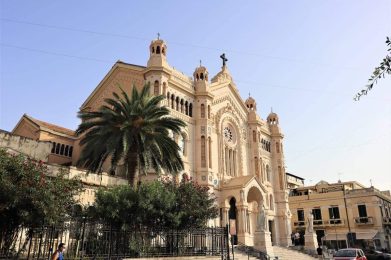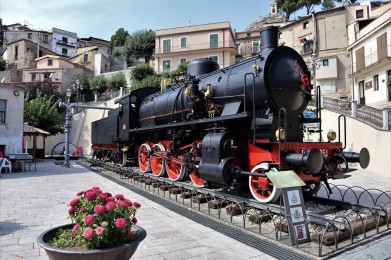Perched on the eastern slopes of Aspromonte, the village of Bova dominates the landscape with pride and millennial memory. With less than 500 inhabitants and a perfectly preserved medieval urban layout, Bova is not only one of Italy's Most Beautiful Villages, but the true cultural capital of Greek Calabria, a place where history, language, art and spirituality are uniquely intertwined.
Its origins are lost in myth and archaeology: according to legend, it was a Greek queen, Oichista, who founded it, leaving the imprint of her footprint on the rock of the hill on which the village stands today. And to this day it is still said that anyone who could match their foot with the Queen's Footprint could discover an ancient treasure.
A thousand-year history among the Greeks, Byzantines and Normans
Bova boasts roots that go back to the Neolithic period, as evidenced by artifacts found near the Norman Castle. Having become a colony of Magna Graecia between the 8th and 6th centuries B.C., it was then a crossroads of cultures and dominations: from the Byzantines to the Arabs, to the Normans, who turned it into a county and gave it a boost in the feudal system. Its strategic importance was guaranteed by its dominant position on the Ionian coast and mountainous hinterland, crucial for the economic and military control of the area.
As early as the 10th century Bova was an autonomous bishopric, long maintaining the Greek-Byzantine rite introduced by Basilian monks, until its Latinization in 1572. Today traces of this spiritual past survive in numerous churches, stone portals, and fine sculptural works, such as those attributed to the Messina School or the great sculptor Bonanno.
Grecanic language and culture
A distinctive element of Bova is the Greco-Calabrian language, still spoken by the village elders. This archaic variant of Greek, similar to the dialects of Crete and Cyprus, is recognized and protected as a linguistic minority. Studies by linguist Gerald Rohlfs have demonstrated its Magna-Greek origin, with deep roots in the ancient Doric koiné.
An Ethnographic Linguistic Museum dedicated to this very heritage has been founded in Bova, and every summer “Greek Week” is held, with courses, workshops and initiatives to enhance and pass on Grecanic.
Monuments and spirituality
Bova's historic center is a succession of enchanting views, stone alleys and religious architecture. The Cathedral of Santa Maria dell'Isodia, set in a commanding position, symbolizes the deep connection between spiritual and civil power. The three-aisled interior houses, among other works, Bonanno's magnificent “Virgin and Child.”
The Church of St. Leo, dedicated to the patron saint born in Bova itself, preserves relics of the saint and an extraordinary marble statue attributed to Rinaldo Bonanno or Pietro Bernini. It is a place charged with devotion and artistic beauty.
Nature, crafts and resilience
The territory of Bova falls almost entirely within the Aspromonte National Park, a naturalistic paradise where Mediterranean flora, torrents, hiking trails and protected species such as wolves, Bonelli's eagles and wildcats intersect. One of the main migratory corridors for birds of prey also passes through here.
The village has managed to resist depopulation even after the tragic earthquake and flooding events of the 1970s, which led to the birth of the neighboring municipality of Bova Marina. The lack of building speculation has allowed the ancient urban and architectural fabric to be preserved intact.
Bova's identity is also alive in its traditional crafts: broom weaving, wood marquetry and basket weaving tell of an everyday life that becomes art. Not to be missed is the “Laboratorio Antica Bova”, where artistic glassmaking combines modern techniques with motifs from the ancient Grecanica Area.
Bova today: between memory and future
To walk through Bova is to walk through history, among stone architecture, panoramic terraces on the Ionian Sea, and a silence that smacks of antiquity. It is a village that has been able to preserve its spirit, transforming it into a cultural and tourist resource. A shining example of how identity, if cultivated with love, can become a bridge between past and future.


